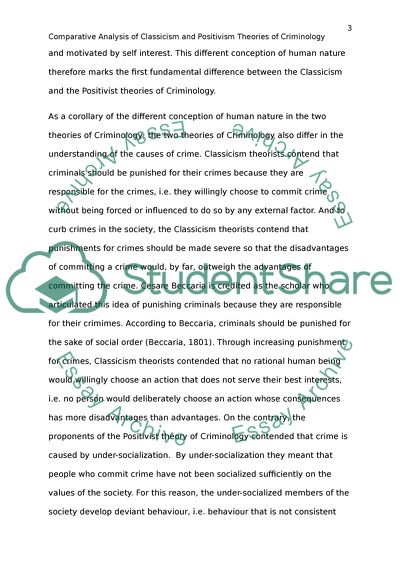Cite this document
(Criminology: Classicism and Positivism Essay Example | Topics and Well Written Essays - 1500 words, n.d.)
Criminology: Classicism and Positivism Essay Example | Topics and Well Written Essays - 1500 words. https://studentshare.org/sociology/1815930-criminology-classicism-and-positivism
Criminology: Classicism and Positivism Essay Example | Topics and Well Written Essays - 1500 words. https://studentshare.org/sociology/1815930-criminology-classicism-and-positivism
(Criminology: Classicism and Positivism Essay Example | Topics and Well Written Essays - 1500 Words)
Criminology: Classicism and Positivism Essay Example | Topics and Well Written Essays - 1500 Words. https://studentshare.org/sociology/1815930-criminology-classicism-and-positivism.
Criminology: Classicism and Positivism Essay Example | Topics and Well Written Essays - 1500 Words. https://studentshare.org/sociology/1815930-criminology-classicism-and-positivism.
“Criminology: Classicism and Positivism Essay Example | Topics and Well Written Essays - 1500 Words”. https://studentshare.org/sociology/1815930-criminology-classicism-and-positivism.


